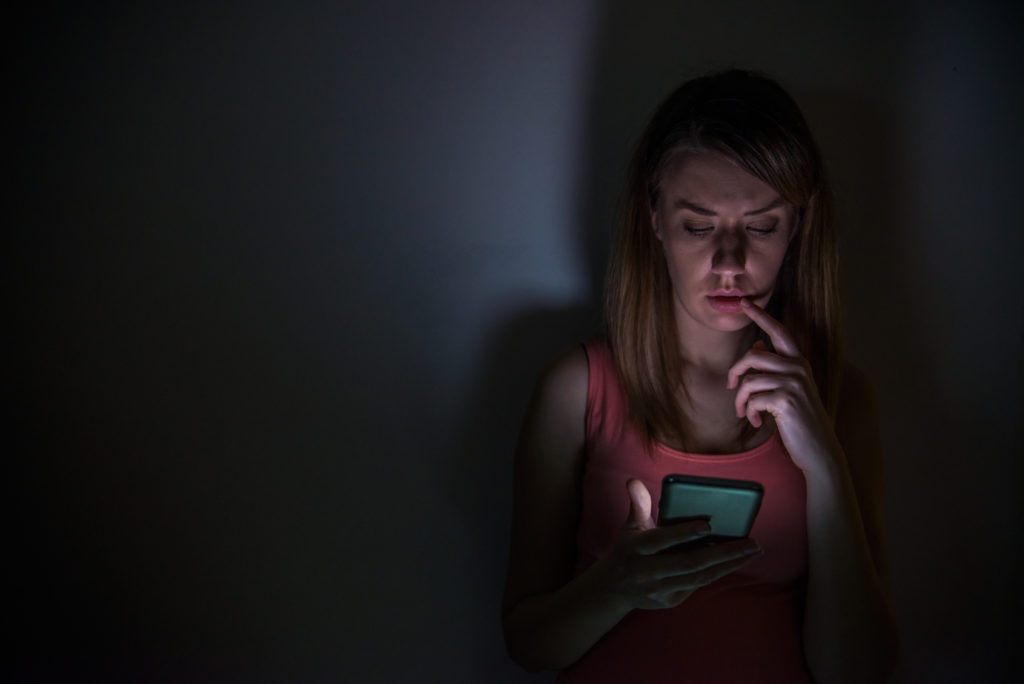
Photo Credit: Designed by Dragana_Gordic / Freepik
We’ve all had that experience where we invite a new boyfriend home from college and somehow, our parents produce a video of us at three years old, stripping off our tutu whilst dancing to the Nutcracker Suite…
Or maybe that’s just me. But at least my parents had to go through the process of digging out the old VHS and VHS player, and those 7 mortifying minutes were played in the comfort and isolation of our suburban home.
I want to tell you a story about a former coworker of mine, a middle school science teacher; let’s call him Matt. As an eleven-year-old boy, Matt dressed up like a wizard, filmed himself performing a skit with a beanie-baby owl on his shoulder, uploaded it to YouTube and sent it off to Universals Studios as an audition tape for the Harry Potter movies.
At some point in college, Matt admitted the existence of the video to some buddies, and they pulled up the video and raucous laughter ensued. It can be so wonderful to share our own embarrassment, to share in the experience of being human. At the prodding of his friends, Matt recreated the video as an adult, word for word, much in the way we see people recreating old family photos. At the end of the video, Matt jovially flips off his friends as the video ends.
Flash forward five years. Matt had about 22 views total on his YouTube channel and it wasn’t remotely on his mind. But, his tech-savvy 12-year-old students somehow unearthed this video, screen-captured the image of Matt throwing up a double middle-finger, and achieved his 5-minutes of fame getting the picture to go “middle-school viral” on Snapchat.
And Matt was mortified. As his coworkers, the situation was both absolutely hilarious and horrifyingly scandalous. And a several-week-long damage-control process led me to consider, “what should we be teaching young people about social media and privacy?”
Yes, we teach them that they need to be wary of the permanence of the content they put out on the web. We teach them to be wary of the information they give out. We warn them of the potential of scandal, of the possibility of being turned down by a university or an employer because of something they put out on the web in a foolish moment.
But I would argue that the bigger issue is the judgement and shame we promote as being acceptable. After Matt’s incident at school, my principal had a conversation with Matt about looking back on his media presence and removing what he could to prevent the issue from happening again. She was reasonable and understanding, and Matt’s “indecency” was less than mortifying, so the situation wrapped up cleanly. But it could have gone very differently.
Shame holds a leading role in our society. From transgressions on social media to misdemeanors on a public police record, as a society we make it very difficult for people to forgive themselves and move on from their mistakes.
“Make no mistake, the pain of cybershaming can wreak havoc on mental health,” says Dr. Michele Borba.
“It’s absolutely traumatizing,” agrees Dr. Robi Ludwig. “It feels like it’s never going to go away, like your whole world is caving in, like a scarlet letter. It’s easy to stay fixated on the nasty things that might even feel true.”
How Internet Postings Are Emotionally Affecting Your Day, Psychology Today, September 7, 2017
Yes, we need to teach kids to self-monitor their social media presence, to take control of their digital life. Social media users need to have an awareness of the permanence of the content they create and attempt to protect themselves.
But there is a larger issue here. We need to teach kids to forgive themselves. We need to do what we can to reduce public shaming, online or otherwise. We need to encourage mindfulness practices that reduce the way people lock on to shame. Social media users, young and old need to feel that they can move on from their mistakes, and that the world will too.
Beyond teaching social media users to control their data, we need to teach them not forward a video that might be embarrassing to their peers, and instead report the video to a moderator to have it removed.
This was the biggest lesson I learned from Matt’s experience. When the screenshot photo of him flipping off the camera started to circulate our seventh grade halls, one of our students brought it to Matt’s attention. She told him someone posted something about her on Instagram once that she was concerned for him. “We all do stupid things,” she had said, “That doesn’t mean we should have to keep looking at them.” How to we teach this kind of empathy? Well, that’s a much larger task than teaching someone to be responsible with social media, but a task we should always keep in mind.

